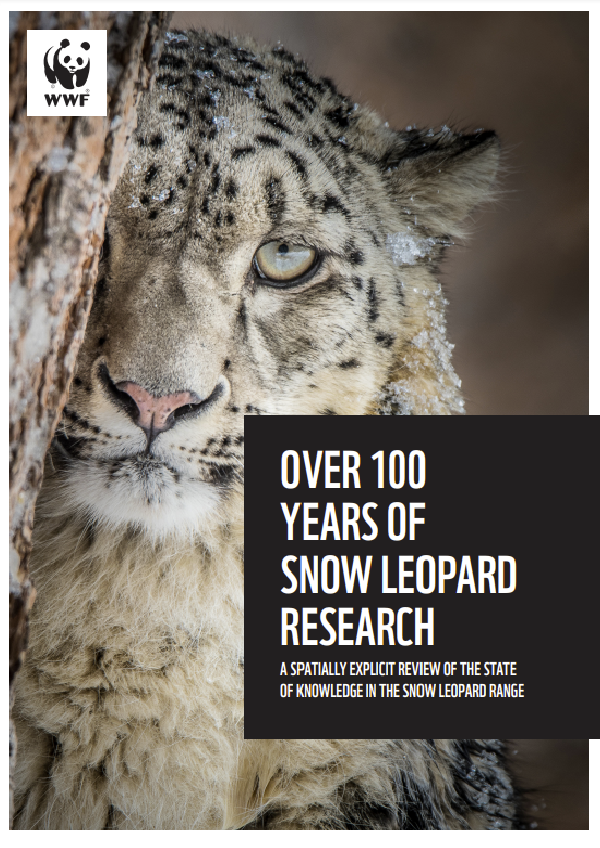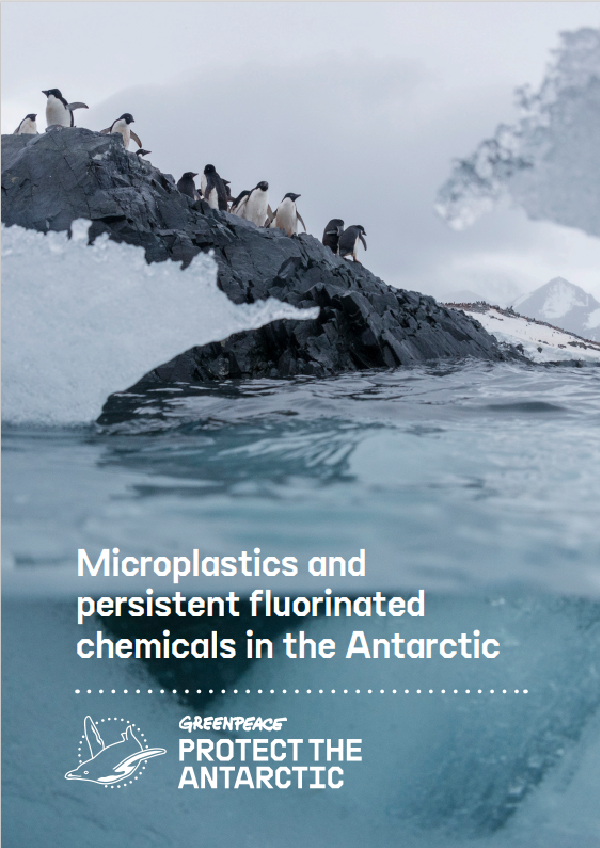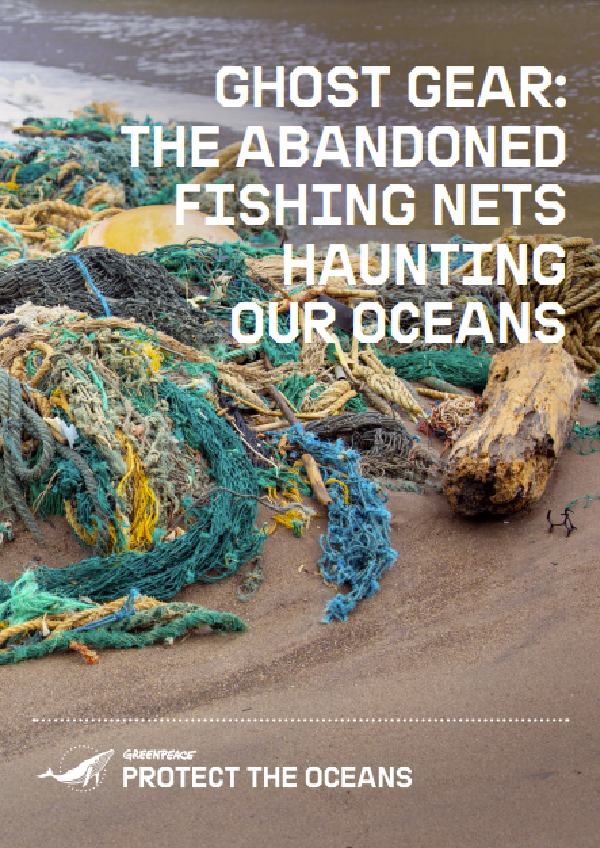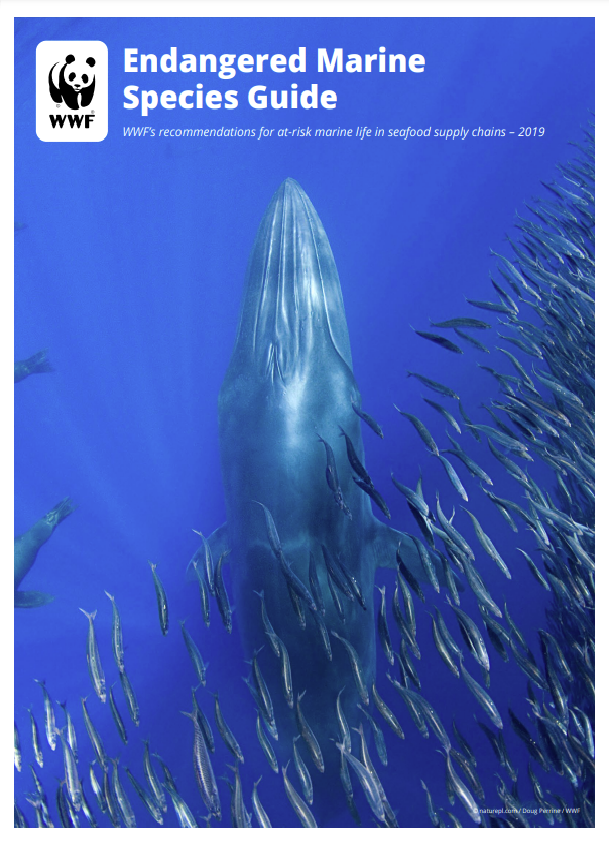Evolved to live in some of the world’s highest and harshest habitats, the elusive and rare snow leopards (Panthera uncia) are undisputed icons of High Asia. Across their distributional range in Central and South Asia, the snow leopard’s habitat spans diverse landscapes, with livestock herding being the most dominant form of land use. As a result, areas inhabited by snow leopards and people often overlap, creating challenges as well as opportunities for their conservation.
Snow leopard conservation has received increasing attention in the past two decades and global interest in protecting this unique high-mountain cat continues to rise. However, effective and efficient snow leopard conservation initiatives require multi-dimensional research and collaboration among a diverse array of actors. National governments in snow leopard range, for instance, have repeatedly pledged their support for the conservation of the animal and the breathtaking landscapes they inhabit. These landscapes house an array of unique high-altitude wildlife and provide homes and life-sustaining natural resources to hundreds of millions of people. The mountains of High Asia also form the headwaters of 20 major river basins, an important water source for 22 countries (Sindorf et al., 2014). More than 2 billion people live in these basins which overlap the snow leopard range.
Given the growing interest in and commitment towards conservation of snow leopards and their habitats, it is crucial to examine the depth and breadth of knowledge currently available to inform conservation efforts and identify gaps in that knowledge. We reviewed over 100 years of published research on snow leopards to examine its temporal and spatial trends across an array of thematic areas.
Snow leopard research intensified in the 1970s and studies on snow leopards have continued to increase exponentially since then. However, just four hotspots of snow leopard research (sites with continued multi-year research) have emerged, with less than 23% of the snow leopard range being researched. Nepal, India and Chinahave conducted the most snow leopard research, followed by Mongolia and Pakistan. Our analysis revealed that snow leopard research was highly focussed on ecological research followed by studies on human-wildlife conflict. Most ecological studies focused on estimating the number and distribution of snow leopards and prey species. However, conservationists have surveyed less than 3% of the snow leopard range using rigorous and scientifically acceptable abundance estimation approaches. The lack of attention to the human dimensions of conservation was particularly stark, especially given that the majority of the snow leopard range is inhabited by local communities dependent on livestock herding. More importantly, very few studies evaluated the effectiveness of conservation actions. A lack of evidence demonstrating and quantifying the impacts of conservation interventions is a significant knowledge gap in snow leopard research.
In this review, we identify and suggest the high-priority research necessary for effective conservation planning for snow leopards and their multipleuse habitat in High Asia.











